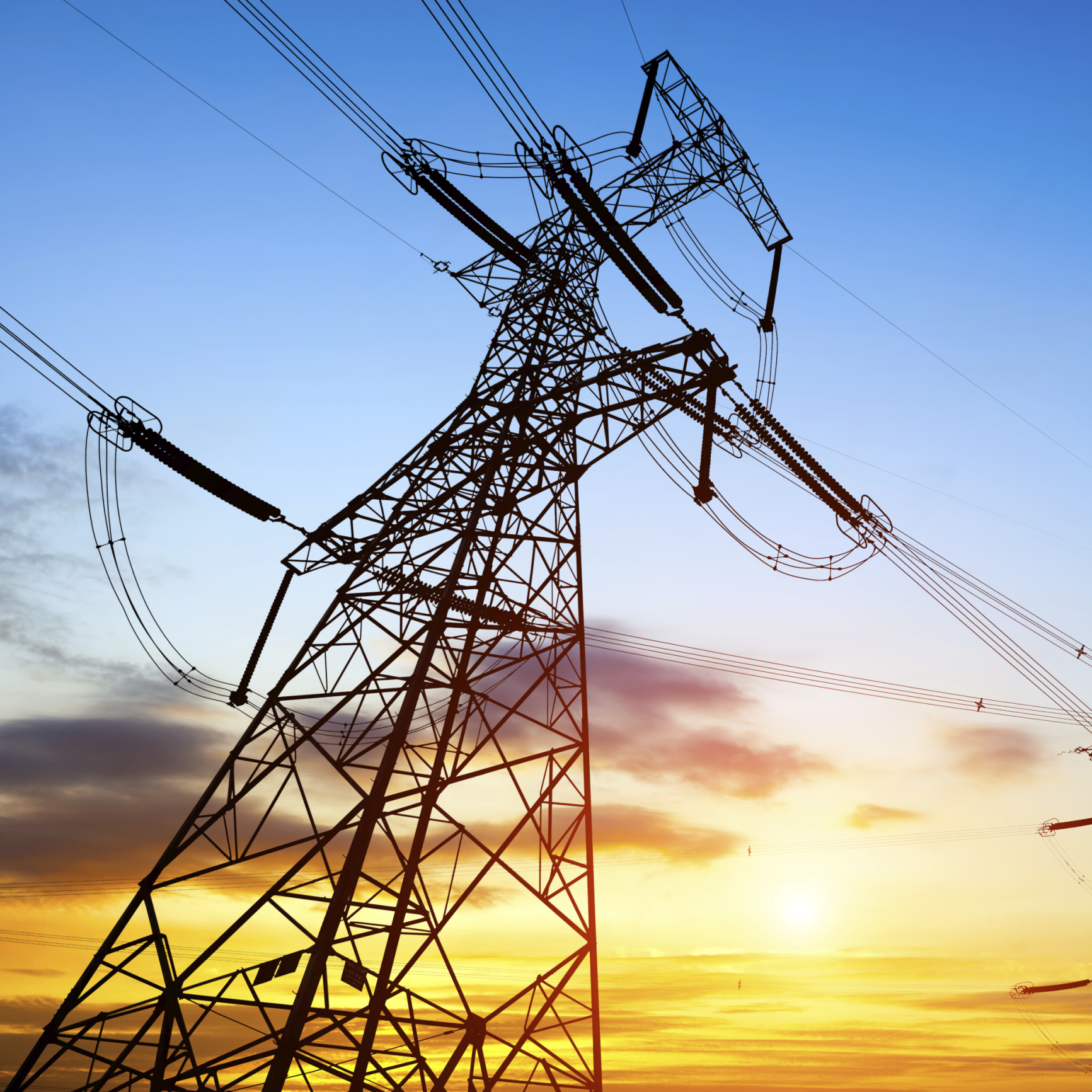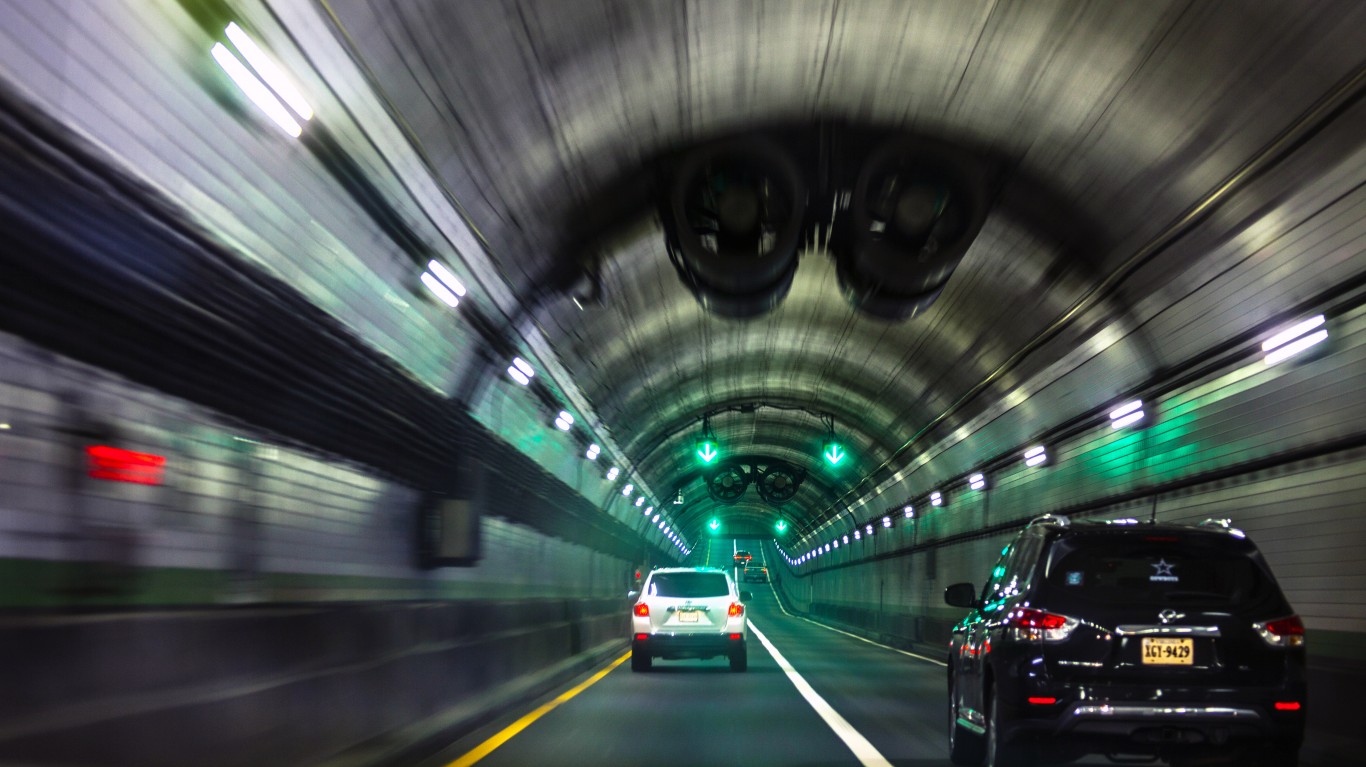
Last July, Bloomberg New Energy Finance (BNEF) released a long-term forecast for electric vehicles (EVs) projecting sales of light-duty vehicles (passenger cars, pickups and SUVs/crossovers) to rise from around 1% of all vehicles sold in 2016 to 54% of all vehicle sales by 2040. The analysts now say the surge will be even greater.
What will drive EV sales is not passenger vehicles, however. It’s buses — electric buses. Falling battery costs and larger-scale manufacturing will drive EV sales to 28% of all new car sales and e-bus sales to 84% of all bus sales by 2030. By 2040, BNEF expects e-buses to comprise 80% of the global municipal bus fleet.
Colin McKerracher, lead analyst on advanced transportation for BNEF, commented:
[T]he big new feature of this forecast is electric buses. China has led this market in spectacular style, accounting for 99% of the world total last year. The rest of the world will follow, and by 2040 we expect 80% of the global municipal bus fleet to be electric.
Unit sales of EVs are forecast to rise from a record 1.1 million worldwide last year to 11 million in 2025, and then surge to 30 million in 2030 as EVs establish cost advantage over internal combustion engine cars. China will lead this transition, with sales there accounting for almost 50% of the global EV market in 2025 and 39% in 2030. In 2040, some 60 million EVs are projected to be sold, equivalent to 55% of the global light-duty vehicle market.
That’s just a 1% bump from last summer’s estimate but the increase in e-buses promises to be much larger, BNEF says. Currently, China has more than 300,000 e-buses on the country’s roads, about 99% of the world total. Not only are the buses cleaner, but BNEF notes that “electric buses in almost all charging configurations [have] a lower total cost of ownership than conventional municipal buses by 2019.”
Demand for electricity is forecast to rise by 6% globally in 2040 to accommodate EVs and e-buses. That comes with a decline in demand for transportation fuel of 7.3 million barrels a day, the analysts say.
BNEF sees two risks to this growth path: a shortage of cobalt that could slow down the pace of decline in battery costs and the lack of charging infrastructure. Provided adequate supplies of cobalt can be obtained, battery costs will continue to decline and battery makers will thrive. According to BNEF, China currently produces 59% of the world’s lithium-ion batteries, and that percentage will rise to 73% by 2021.
What BNEF calls the “share mobility fleet” is projected to rise fourfold, from nearly 5 million today to more than 20 million by 2040. Nine out of ten of these vehicles will be EVs, and highly autonomous vehicles will comprise about 40% of this fleet.
The speed of adoption will vary by country over the next dozen years, and BNEF projects that EVs will make up 44% of the European light vehicle fleet in 2030, 41% of the Chinese fleet, 34% of the U.S. fleet and 17% of the Japanese fleet. India will trail with just 7% of EVs in new car sales, due primarily to lack of charging infrastructure and the lack of affordable models.
Get Ready To Retire (Sponsored)
Start by taking a quick retirement quiz from SmartAsset that will match you with up to 3 financial advisors that serve your area and beyond in 5 minutes, or less.
Each advisor has been vetted by SmartAsset and is held to a fiduciary standard to act in your best interests.
Here’s how it works:
1. Answer SmartAsset advisor match quiz
2. Review your pre-screened matches at your leisure. Check out the advisors’ profiles.
3. Speak with advisors at no cost to you. Have an introductory call on the phone or introduction in person and choose whom to work with in the future
Thank you for reading! Have some feedback for us?
Contact the 24/7 Wall St. editorial team.
 24/7 Wall St.
24/7 Wall St.

